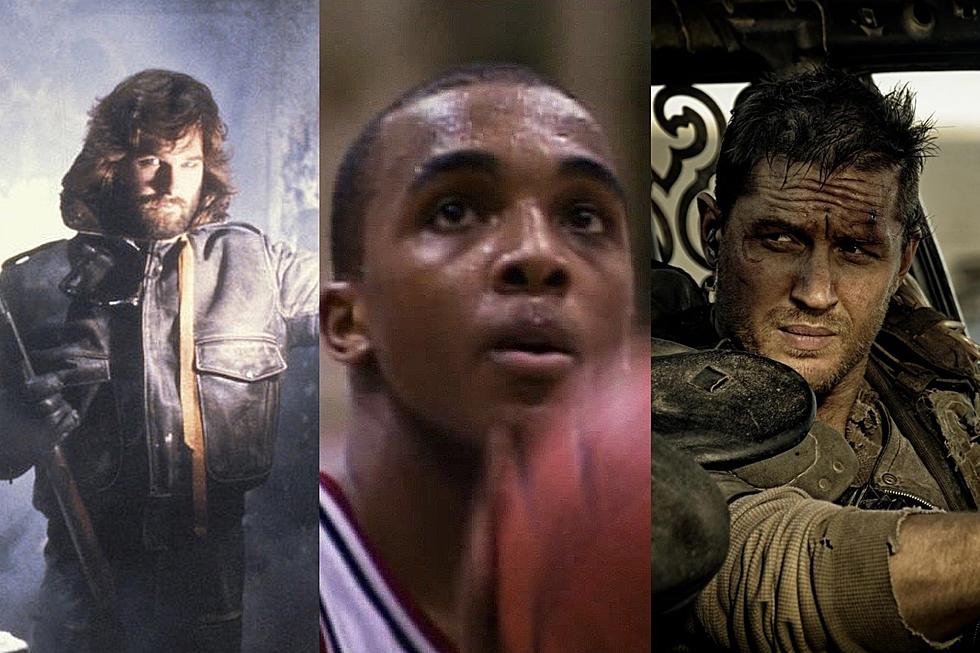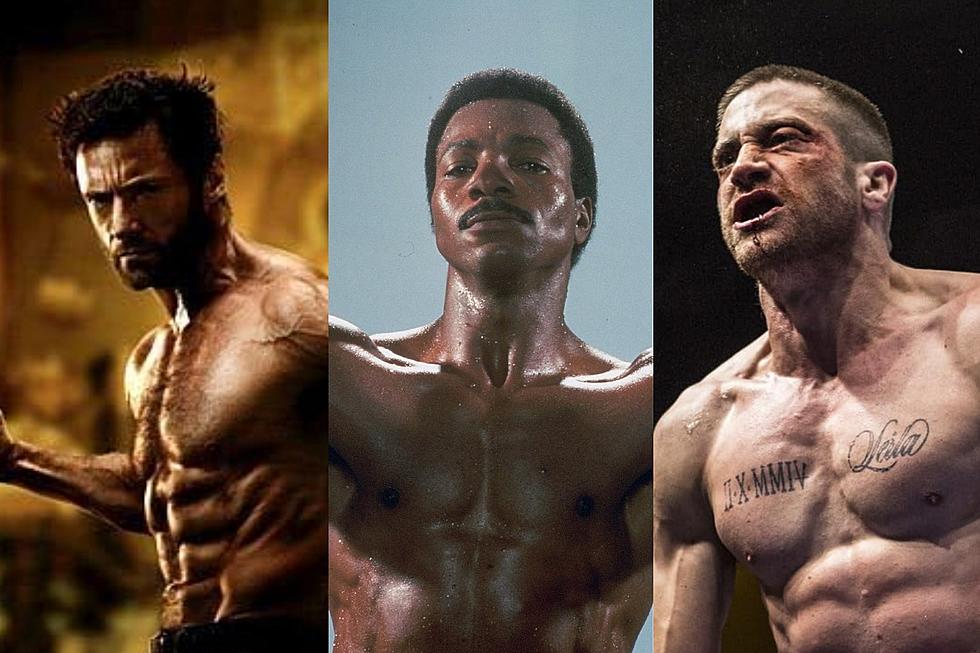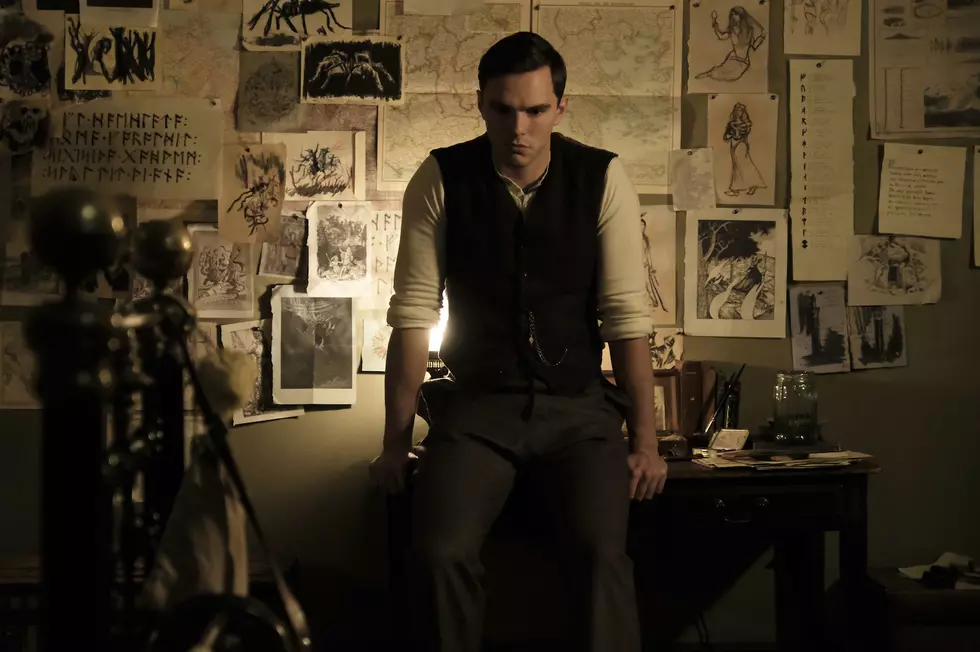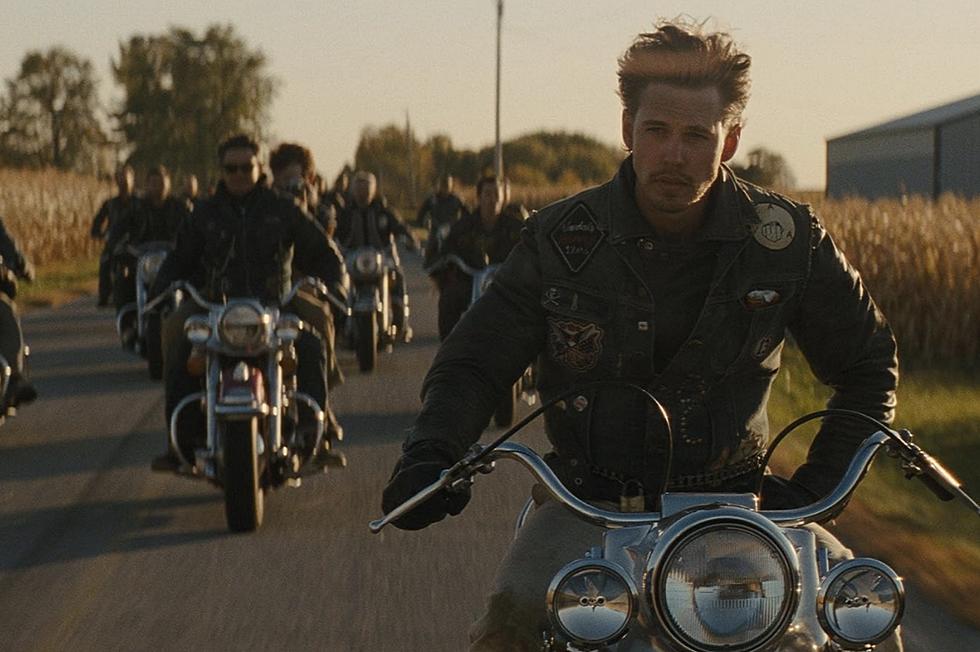
‘Mad Max: Fury Road’ Review: The Ultimate Car Chase Movie
“This is a movie that strains at the leash of the possible, a movie of great visionary wonders.”
That lovely sentence concluded Roger Ebert’s 1985 review of Mad Max Beyond Thunderdome. Thirty years later, Mad Max is finally back in a new sequel, Mad Max: Fury Road, and Ebert’s words feel truer than ever. Fury Road is an incredible achievement, one that strains so hard at the leash of the possible that it eventually breaks free and barrels headlong into the realm of insane genius. Forget Max Rockatansky; director George Miller is the true madman here — and the true hero for having pulled it off.
After a brief prologue, Fury Road opens with one of the craziest car chases in cinema history. It’s also the least crazy car chase in the movie, which keeps topping itself over and over right until the closing credits. Along the way, the new Max also contains maybe the single best hand-to-hand fight in any major blockbuster since The Matrix, and scene after scene of jaw-dropping production and costume design. (If this movie isn’t in contention in both of those categories come Oscar time, something is truly and shamefully broken with the awards system.)
Like the other Mad Max films, Fury Road is set in a post-apocalyptic future after a war over oil destroyed civilization. Unlike the other Mad Max films, it stars Tom Hardy instead of Mel Gibson as Max, a former cop and self-described “road warrior” struggling to survive in the ruins of Australia. All the Mad Max sequels are dystopian sci-fi Westerns; Fury Road is the series’ Stagecoach. After Max is captured by a band of albino maniacs, he’s brought to a citadel ruled by gas mask-wearing despot named Immortan Joe (Hugh Keays-Byrne) and turned into a human blood bag to refill one of Joe’s soldiers (Nicholas Hoult). When one of Joe’s lieutenants, Imperator Furiosa (Charlize Theron), steals his slave wives (played by Rosie Huntington-Whiteley, Riley Keough, Zoe Kravitz, Abbey Lee, and Courtney Eaton) and attempts to ferry them to the freedom of a faraway paradise known as “The Green Place,” Joe’s forces are sent to retrieve them. Cue chases and more chases and another chase, and then like five more chases. For a world that’s out of “guzzoline,” these people sure do drive a lot.
In fact, Miller’s pivoted away from the peak oil subtext of The Road Warrior and replaced it with an ecological message. Instead of gas, the characters in Fury Road are chasing water, a canny subject for a movie opening in the midst of a historic California drought. Immortan Joe controls his citadel by lording over its underground reservoir, while Furiosa races to return to the idyllic oasis of “The Green Place.” Everything between those two locations is dry, barren desert, an ideal setting for Miller’s epic chase scenes. (With its endless vistas and tiny automobiles dwarfed by giant mountains and sand dunes, Fury Road is like the Lawrence of Arabia of car movies.) Though there’s barely any dialogue in Fury Road (and most of it is drowned out by the sound of roaring engines), the film is also a pointed critique of a world where men seek to control, possess, and repress women.
It never stops to talk about these ideas, though, and instead lets them emerge from the action, which is relentless and spectacular. In Hardy’s opening voiceover, he describes Max as “a man reduced to a single instinct: survive.” Traditional car chase movies are about evasion, deception, and timing; they’re typically set in urban environments with obstacles to avoid and escape routes to locate. The chases in Fury Road are like Max himself; boiled down to that single survival instinct. There is nothing but sand for hundreds of miles in any direction. There’s nowhere to hide and nothing to do but drive straight ahead and fight for your life.
This franchise was quick and angry before Fast & Furious was even a gleam in Vin Diesel’s eye, but even after a 30-year layoff, it still feels cutting-edge. True, Hardy’s Max doesn’t jump any cars between buildings, but what Fury Road lacks in grandeur it more than makes up in clarity and inventiveness. Even with dozens of vehicles and characters onscreen simultaneously, all of which are covered in dirt and tattered rags, Miller’s precise camerawork, practical stunts, and sharp editing keeps things clear. It helps that those vehicles are so ingeniously creative: tanks made out of old hot rods; men attached to the back of cars on giant, swinging teeter-totter poles; and what can only be described as a guitar amp-mobile, topped by a dude rocking out on fire-spewing Fender.
Hardy doesn’t look, sound, or act like Gibson’s Max, but he’s also more convincingly “mad” in the role than Gibson ever was. (This Max hears voices and sees strange visions and appears genuinely deranged.) He can’t hold a candle to Theron though, who is intimidatingly ferocious and touchingly vulnerable in equal measure, and arguably the film’s real hero even though Max is the title character. According to various reports, Hardy and Theron didn’t get along particularly well on set, but whatever animosity existed between them translated well to their characters, who don’t get along particularly well either. The other highlight among the cast is Hoult, who initially seems like a throwaway but grows increasingly central to the drama, and gets a really satisfying arc over the course of the journey from the citadel to the Green Place.
Even though this is the fourth Mad Max, and it’s indebted to the style of the previous films, Fury Road stands alone. It’s better looking and more thrilling than any of the other installments. The color palette is vibrant and beautiful, and every inch of the frame is crammed with crazy, brilliant ideas. (You’ll never guess where the citadel gets its milk from.) And, of course, the vehicular action is instantly in the conversation for the best ever made. They’ll keep making car chase movies after Fury Road, but there’s really no need. It’s hard to imagine these great visionary wonders ever being topped.
More From ScreenCrush









